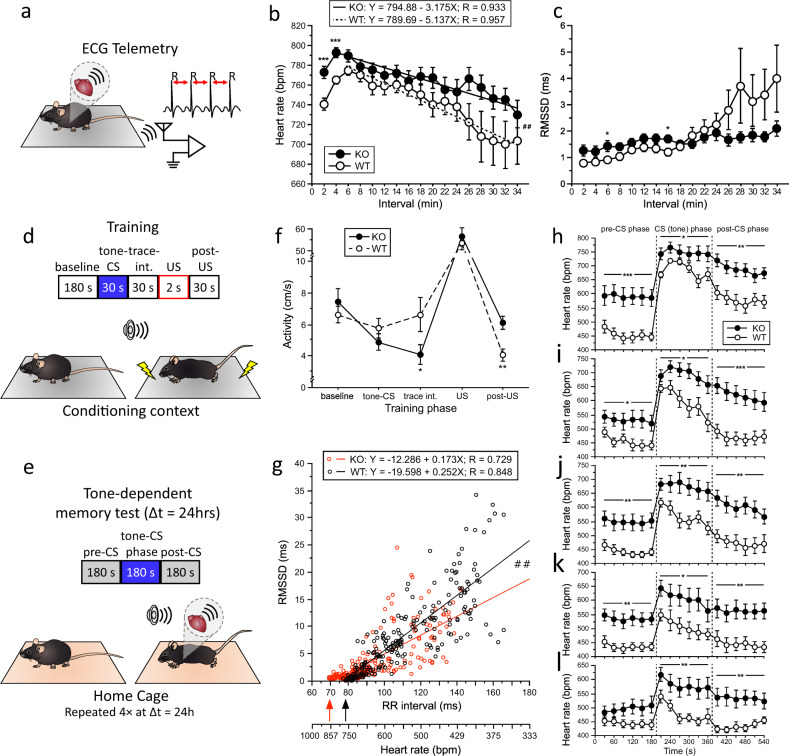Fig. 4. P11KO mice display heightened novelty and fear-conditioned heart rate response.
a Animation showing the settings of electrocardiographic (ECG) telemetry system. The heart rate (HR) was calculated from male mice by measuring the R–R interval duration. b HR and c root mean square of the successive differences (RMSSD) (heart rate variability) values during novelty exposure as a function of genotype. Analysis of the genotype × time interaction from 6–34 min indicated a significantly faster drop (##p < 0.01) of HR as shown by the increased negative slope in WT than in p11KO mice. Time effect (p < 0.0001, F(1,16) = 12.00), genotype effect (p = 0.085, F(1,26) = 3.21), genotype × time interaction (p = 0.074, F(1,16) = 1.57). This is supported by the profound increase of HR variability from 26 min onwards (c). Genotype effect (p = 0.39, F(1,26) = 0.76), time effect (p < 0.0001, F(1,16) = 6.26), genotype × time interaction (p < 0.0001, F(1,16) = 3.19). Motor activity did not differ between genotypes (data not shown). Animation depicting the auditory trace fear conditioning experimental design, with training (d) and retention tests (e) that were repeated four times at 24-h interval. f Similar training activities were recorded during 180-s baseline, 30-s tone (CS) and 2-s shock (US) exposure, whereas p11KO mice displayed a significantly lower activity (*p < 0.05, F1,27 = 4.28) than WT mice during the 30-s trace interval and significantly higher activity (**p < 0.002, F1,27 = 12.19) in the 30-s post-US phase. g Linear correlation analysis of the RR interval and the RMSSD value in the tone-dependent retention test (retention test 1) as a function of genotype. Highly significant linear correlations (p < 0.0001) were obtained for the slopes of both genotypes which differed significantly (##p < 0.01) between genotypes indicating a lower increase in heart rate variability in p11KO than in WT mice with decreasing HR. Moreover, p11KO mice exhibited a significantly higher maximum heart rate than WT mice (arrows) exceeding the commonly observed maximum range of ~800 bpm in C57BL/6 mice by >50 bpm. Data are shown from the 18 30-s bins of 14 KO mice (252 points) and 13 WT mice (234 points). h–l HR responses in the tone-dependent retention tests as a function of genotype. Genotype effect (RT1-4: p < 0.001, F1,25 < 15.47; RT5: p < 0.005, F1,25 = 9.66). Both genotypes responded with a significant CS-induced HR increase from baseline values (0–180 s) in retention test 1 (RT1; h) to retention test 5 (RT5; l). However, the slopes of the HR recovery across CS and post-CS phases were significantly lower (p < 0.001 and p < 0.005, respectively) in p11KO than in WT mice in RT1 (h) and RT2 (i). The gradual decrease of the tone-induced HR increase from RT1 to RT5 indicated the extinction of the conditioned auditory fear response. Baseline HR values were significantly higher in p11KO than in WT mice in RT1 to RT4 but not in RT5. Note the reduced HR range shown from h–l. All data are shown as the mean ± SEM of n ≥ 13 males per genotype; *p < 0.05, **p < 0.01, ***p < 0.001.

